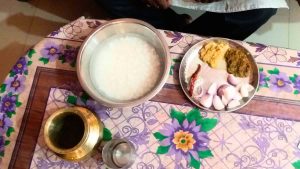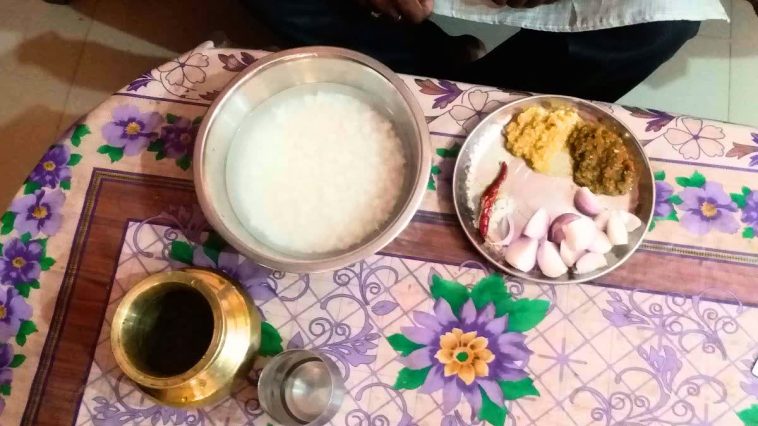Chhattisgarh, a state located in the heart of India, is renowned for its rich cultural heritage and vibrant traditions. Among the various facets that define the state’s unique lifestyle, ‘Basi’ holds a significant place. Basi, a term that translates to ‘storing,’ represents a fascinating practice deeply interwoven with the daily lives and traditions of the people of Chhattisgarh. This blog delves into the essence of Basi, shedding light on its importance and the role it plays in shaping the lives of Chhattisgarh’s residents.

Preservation of Food and Culture
Basi primarily involves the art of preserving food items through various traditional methods. Given Chhattisgarh’s predominantly agrarian economy, the practice of Basi has been instrumental in ensuring food security during challenging times. It involves the careful storage of grains, pulses, vegetables, and fruits to last through seasons when fresh produce might be scarce. This practice not only sustains the people during periods of scarcity but also demonstrates their close connection with the land and their ability to adapt to changing circumstances.
Basi isn’t just about preserving food; it’s a conduit for preserving cultural heritage as well. Through generations, families have passed down their knowledge of Basi techniques, ensuring that the traditional methods and recipes are not lost. The act of preserving food is often accompanied by stories, rituals, and family traditions that are shared orally, creating a sense of continuity between past and present.
Methods of Basi
Chhattisgarh’s inhabitants employ a variety of methods for Basi, each tailored to the specific food item and the prevalent climate. One common method is sun-drying, where vegetables, grains, and spices are laid out under the sun to remove moisture and extend shelf life. Another technique involves pickling, where fruits and vegetables are combined with spices, oils, and salts to create flavorful pickles that can last for months.
Additionally, grains like rice and lentils are often stored in traditional clay containers called ‘Matkas’ or ‘Bharnis.’ These containers provide natural insulation, keeping the stored food cool and safe from pests. The use of clay vessels also imparts a unique earthy taste to the stored food items, which is cherished by the locals.
Culinary Delights of Basi
One of the remarkable outcomes of Basi is the creation of unique culinary delights that are enjoyed throughout the year. The preserved food items are used as key ingredients in various traditional dishes. For instance, ‘Pushtaa’ is a popular dish made from sun-dried green leafy vegetables mixed with grains and spices. Similarly, ‘Kochai Patta’ is prepared by rehydrating sun-dried leaves and cooking them with lentils and spices, resulting in a delicious and nutritious meal.
Conclusion
‘Basi’ goes beyond mere food preservation; it embodies the spirit of resilience, sustainability, and cultural preservation. In a world rapidly embracing modernization, Chhattisgarh’s dedication to its traditional practices like Basi showcases the harmonious coexistence of age-old customs with contemporary living. This unique practice not only safeguards the state’s food security but also preserves the stories, flavors, and heritage that have been cherished for generations. As we celebrate the art of Basi, we pay homage to the deep-rooted connection between the people of Chhattisgarh and their land.
